latest
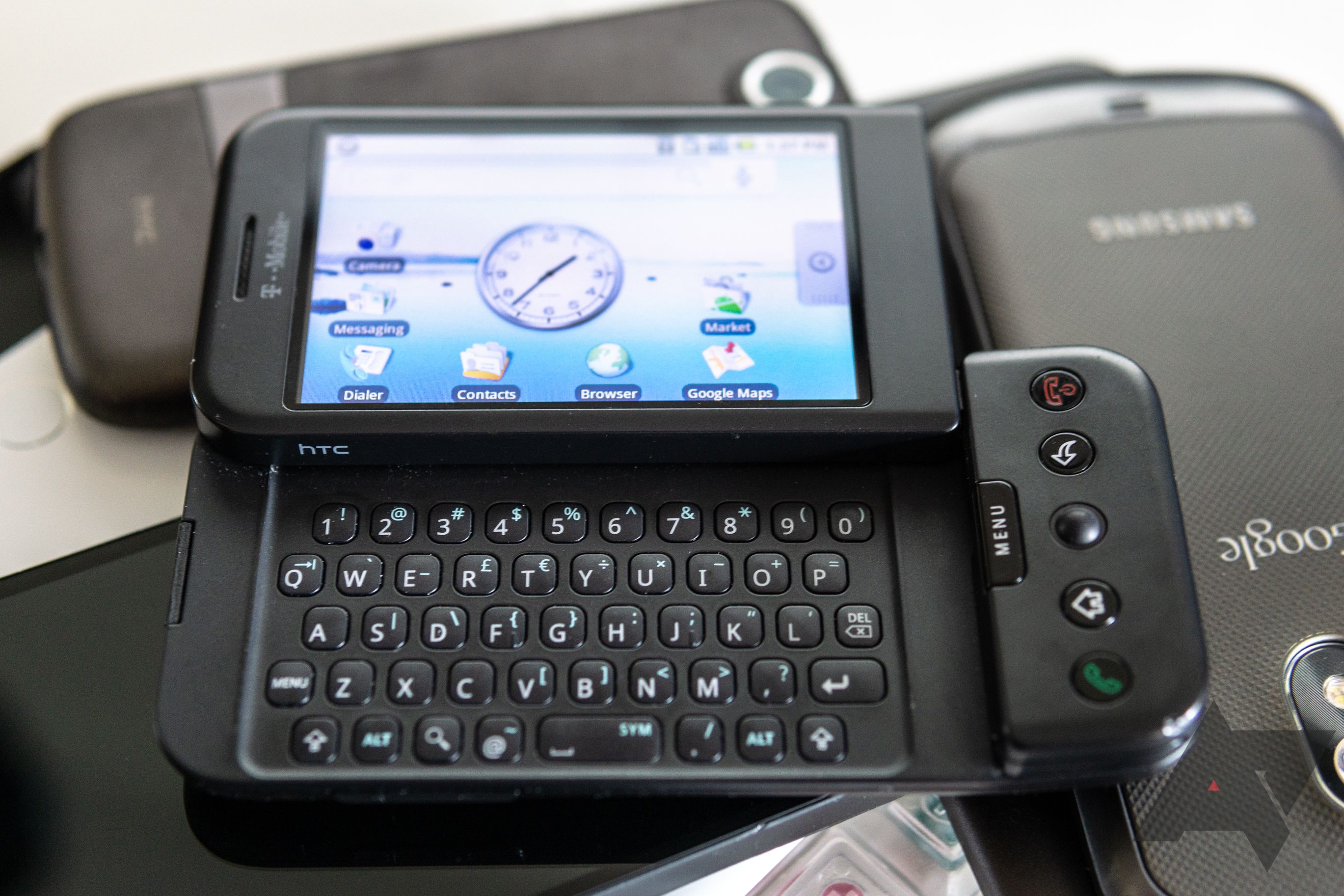
As you may have noticed, this post originally appeared on Android Police earlier in 2018. As much of the AP team is away for the holidays this week, we're showcasing some of our favorite posts of the year. Enjoy!
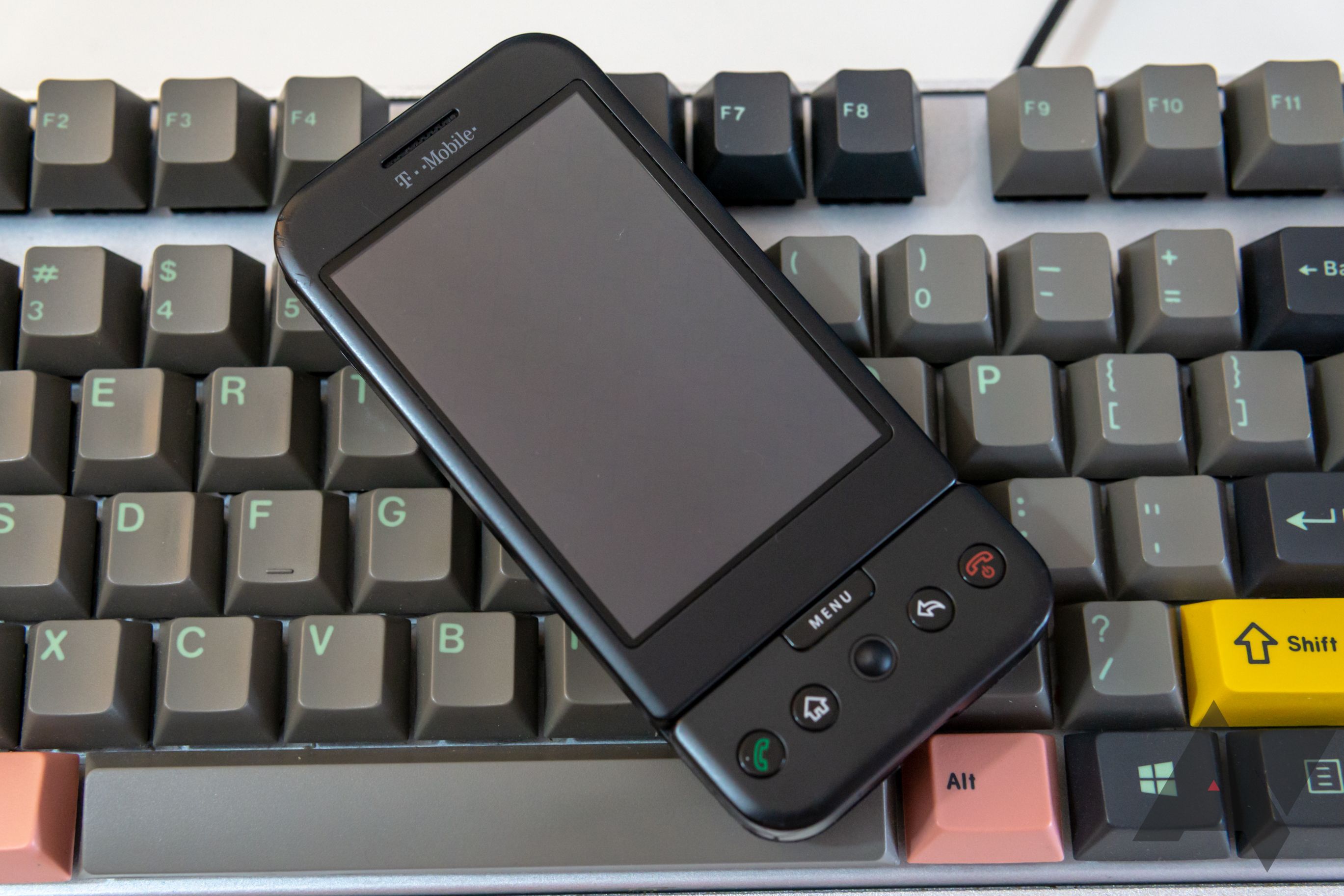
On this fateful day ten years ago, Google, T-Mobile, and HTC joined forces to announce the T-Mobile G1. It would go on to launch internationally as the HTC Dream, but this piece of hardware was the first way consumers could experience the Android platform. The G1 was far from perfect, even by the standards of the day. At the same time, it offered an open, customizable experience in stark contrast to the iPhone. It was the start of something big.
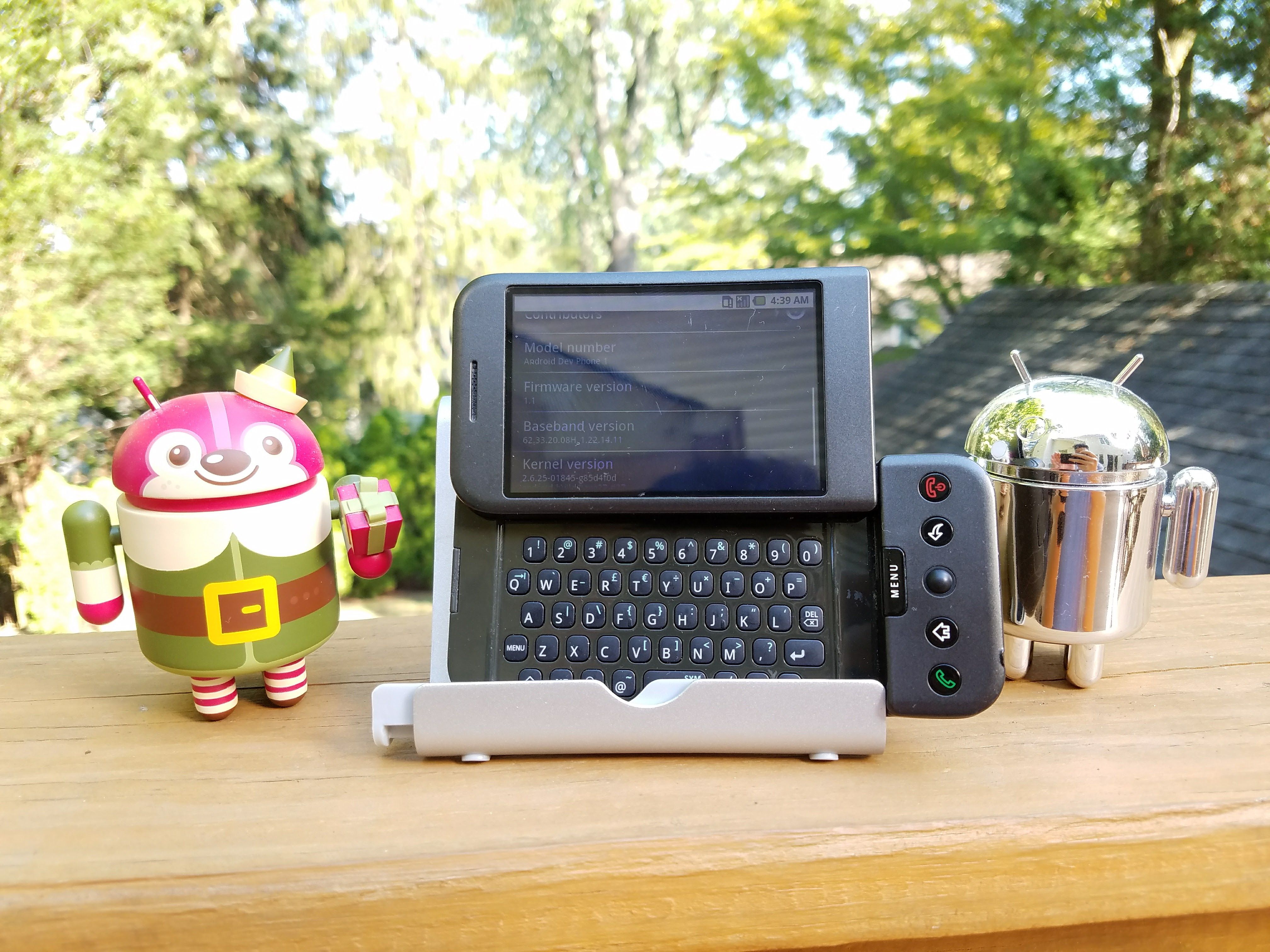
Eight years - that's how long Android has been available to the public for. September 23rd, 2008 marked two huge events in Android's history: T-Mobile's release of the G1, the first Android device available to the masses, and Google's release of the Android 1.0 SDK. Happy birthday, Android!

Hi, Android! Sorry your present is a little late, it took a while to wrap it. Five years ago yesterday, Google's then-CEO Eric Schmidt joined other members of the newly-formed Open Handset Alliance to announce the Android operating system. Back then, we were still nearly a year away from an actual Gphone (and yes, people really called it that) and Sprint and T-Mobile were the only US carriers even interested. Now, Android is installed on over 400 million devices, nearly every carrier in the world wants a piece of the action, and the platform as a whole is the single largest mobile OS ever.
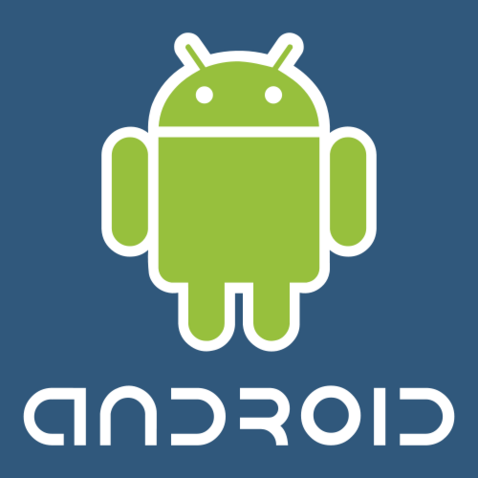
Oh, Android. How far you've come since the days of the G1. Actually, tomorrow, October 22nd, will mark 3 years to the day that Android has been available on consumer handsets in the United States, and the G1 on T-Mobile was concepción.

We all remember the T-Mobile Sidekick. It was the phone to have back before smartphones were a normal, everyday thing. It was the phone that did all the smartphone-y things first. It was built for one main purpose, though; messaging like a demon. It was all about staying in contact with your friends, shooting out emails, and texting all the time, no matter how fast you were driving. It did that job, and it did it damn well. Now that Danger Incorporated is dead, though, can there still be a Sidekick? Well, since Andy Rubin was part of the mastermind team behind Danger and is now heading up the mastermind team behind Android, it's safe to say a worthy successor is possible. Enter the Sidekick 4G, holding the same classic form factor but, this time around, rocking Android 2.2 Froyo, manufactured by Samsung, and possessing one of the wonkiest button layouts I've ever seen. Lil' John likes it, though:

There's no doubt about it - we've come a long, long way since the HTC Dream (whose relatives include the G1, myTouch 3G, and DoCoMo HT-03A) was released. Since that fateful October day, we've seen all kinds of crazy Android-powered gear, from snow goggles to handsets sporting more raw horsepower than a netbook. We've also been treated to heaps of community-created mods, including custom ROMs like CyanogenMod and MIUI as well as mind-blowing hacks of other sorts, such as 1.5GHz overclocks and apps that essentially manage your phone for you.

It seems appropriate since the G1, the phone that kicked off the Android revolution, was killed off a few weeks ago, and since T-Mobile is about to introduce their first HSPA+ capable device, that they would call this device the G2. Well, after countless rumors about a G2 (starting a few hours after the G1's launch), the device has finally been announced on T-Mobile's HSPA+ site.

Get ready for another scoop of blue Froyo: CyanogenMod 6 has just been updated to RC3 for the Nexus One, Droid, Droid Incredible, Dream (G1) and Sapphire (myTouch 3G), RC2 for the EVO, and was just released as RC1 for the myTouch 3G Slide and Hero CDMA.

Looking for an easy way to root your Android Device? Universal Androot may just be what the doctor ordered. The one-click root fad seems to be catching on and Universal Androot is an app that covers multiple Android devices, making it easier for those who may be reluctant experience the mighty wonders of root.
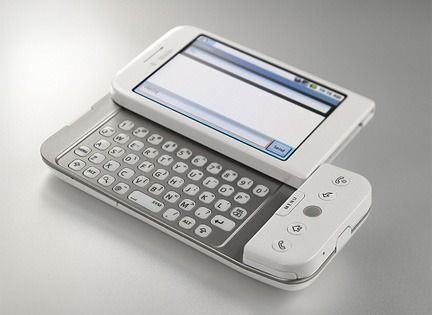
The world’s first Android phone, the T-Mobile G1 (based on the HTC Dream platform), has officially been discontinued today. It is no longer available via T-Mobile’s website.
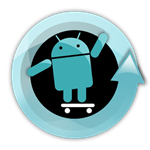
CyanogenMod users rejoice: Cyanogen and the CM team are continuing to work feverishly to get CyanogenMod 6 into official release territory.
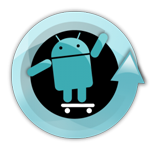
If you have not heard yet, Cyanogen and gang have finally released CyanogenMod 5 for your G1/Mytouch 3G. If you are new to using ROMs, make sure to follow the instructions carefully, so you don't brick your phone. Anyone who has used ROMs, whether Cyanogen’s or not, also needs to follow the instructions as you will need to install DangerSPL which has bricking potential (unless you already have it installed).
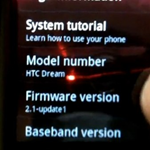
Early Android adopters will soon be able to use Android 2.1 on the G1 and MyTouch 3G thanks to Cyanogen, with the release of CyanogenMod 5.0.7.

If you haven't heard yet, HTC has been developing a new flavor of its own flavor of another flavor of Android called Espresso.

AdMob, one of the world's largest mobile advertisement networks, posted a report (PDF) yesterday citing various mobile related statistics for the period of February 2009 to February 2010.











